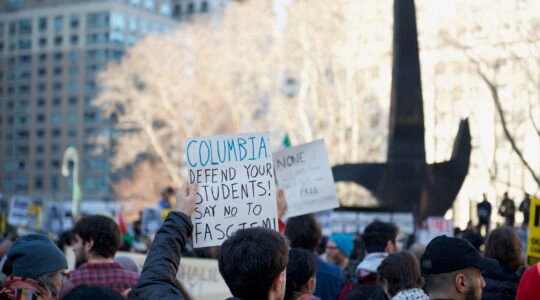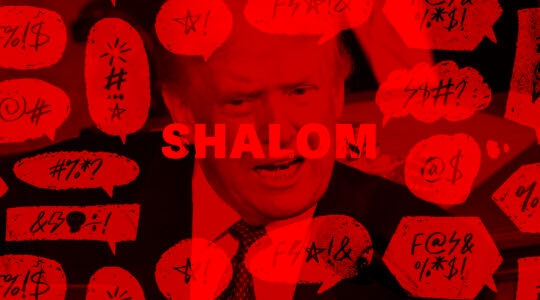Across the country, local and state leaders have been heeding the call of protesters who seek to remove statues and memorials glorifying the Confederacy. In nearly all these cases, it’s the right move: The statues are an affront not just to African Americans but to anyone who rejects white supremacy and respects the American idea.
President Trump has defended these statues in the name of “history”; in fact, nearly all were erected in an early 20th-century effort to rewrite the history of an inglorious struggle for an immoral cause. Traitors to their country and defenders of slavery were recast as champions of “states’ rights” and defenders against “Northern aggression.” We see the same impulse in Eastern Europe today, where nationalist governments are seeking to rehabilitate Nazi collaborators as anti-Communist heroes. Our own opposition to such propaganda should give us empathy for the anti-Confederate protests.
Granted, some of these efforts go too far in simplifying the historical record and holding historical figures to unfair standards, ignoring the context in which they acted and in which they formed beliefs that today have been shown to be retrograde. The Theodore Roosevelt statue in front of the American Museum of Natural History, which cast the former president as a Great White Father flanked by figures representing black and indigenous peoples, was racist and demeaning and deserved to come down. But that shouldn’t lead to a fatwa against Roosevelt. We can, and should, have conversations about TR’s tragic shortcomings without expunging the inspiration he has provided to reformers and environmentalists.
Removal is a harder call as the historical record becomes more ambiguous or even forgotten. Few Jews, we imagine, have a visceral reaction to statues of Peter Stuyvesant, even though the last Dutch governor of what became New York was a vicious anti-Semite. His name is shared by an elite high school that counts countless Jews as alumni, various streets, post offices, and the East Side residential development. Paul Newell, district leader in Lower Manhattan and the Lower East Side, tweeted on June 21 that Stuyvesant is the “most over-named person in #NYC in terms of both his moral worth and historical significance.” But rather than an orgy of renaming and removal, we might all be better served by an ongoing discussion of why his memory was important to the New Yorkers who honored him and what lessons — and warnings — we can take from the city’s colonial past.
Such discussions should be part of a careful process, like that of New York City’s Advisory Commission on monuments, that takes into account the views of historians, preservationists, artists and, crucially, members of the public who represent our country’s diversity.
Removal can’t be the only option. Often, history and the public good would be better served by talking about the truthful and complicated legacy of those being honored, and providing signage and education that puts their memorials in context.
The New York Jewish Week brings you the stories behind the headlines, keeping you connected to Jewish life in New York. Help sustain the reporting you trust by donating today.




